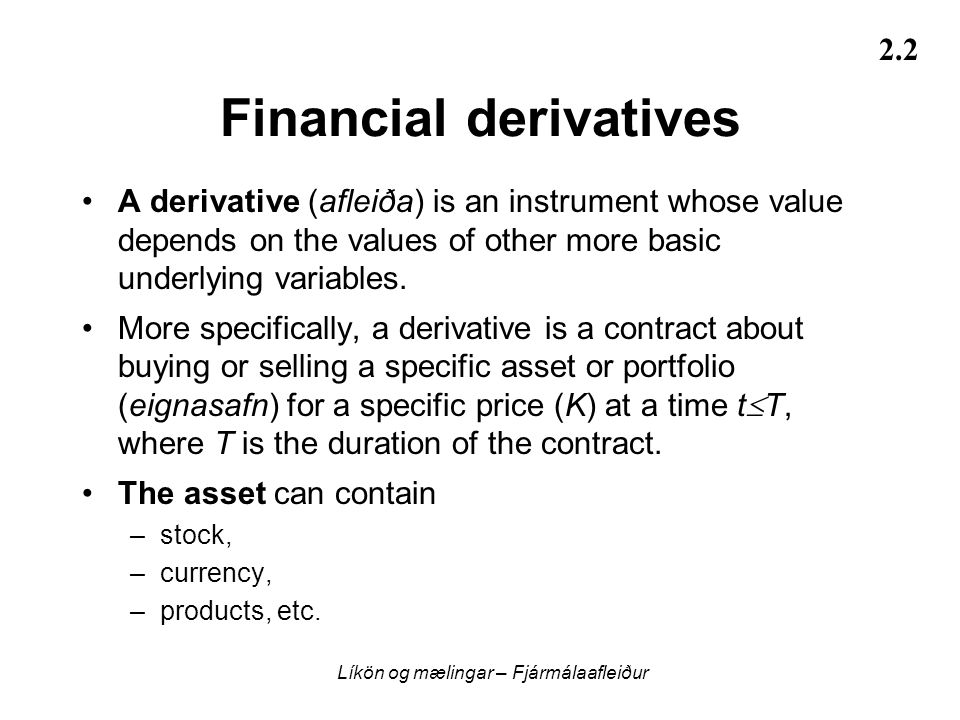(PDC) and the Rubber Development Corporation (RDC) Records of other subsidiary corporations Records OF Allied Corporations 1934-61 Records of the Rubber Making Facilities Disposal Commission (RPFDC) and the Federal Facilities Corporation (FFC) Records of the Electric Home and Farm Authority (EHFA) Records of the Lafayette Structure Corporation (LBC) Records of Follower Agencies 1932-64 Records of the National Science Foundation (NSF) Records of the General Services Administration (GSA) Records of the Office of Defense Loaning, Treasury Department Cartographic Records (General) Motion Pictures (General) Sound Recordings (General) Still Pictures (General) As an independent agency by the Reconstruction Finance Corporation Act, January 22, 1932 (47 Stat - How to finance a car from a private seller.

To recently developed Federal Loan Firm (FLA), with Electric Home and Farm Authority, Federal Real Estate Administration, Export-Import Bank of Washington, and Federal Mortgage Bank Board, by Reorganization Plan No. I of 1939, effective July 1, 1939; to Department of Commerce by EO 9071, February 24, 1942; to FLA by an act of February 24, 1945 (59 Stat. 5); to independent company status upon abolishment of FLA by an act what happens if you stop paying timeshare of June 30, 1947 (61 Stat. 202). Offered emergency funding centers for banks. Aided in funding agriculture, commerce, and market. Bought favored stock, capital notes, or debentures of banks, trust companies, and insurer.
By Reorganization Plan No. 1 of 1957, effective June 30, 1957. The Reconstruction Financing Corporation Liquidation Act (67 Stat. 230), July 30, 1953, had actually offered for RFC's extension to June 30, 1954, and for termination of its lending powers, reliable September 28, 1953. Reorganization Strategy No. 2 of 1954 had designated to suitable agencies for liquidation certain functions of RFC, efficient July 1, 1954. Federal Facilities Corporation (disposition of artificial rubber production and tin smelting facilities) by EO 10539, June 30, 1954. Export-Import Bank of Washington, Small Company Administration, and Federal National Home Loan Association (as liquidators of foreign loans, catastrophe loans, and RFC home mortgages) by Reorganization Plan No. To blunt the https://www.businesswire.com/news/home/20190723005692/en/Wesley-Financial-Group-Sees-Increase-Timeshare-Cancellation debate, Hoover joined hands with Republican moderates and Democratic liberals in Congress to broaden RFC authority. In July 1932, the Emergency Relief and Building Act authorized the RFC to make up to $300 million in loans to state and local governments to assist them in providing relief to the out of work, and $1. 5 billion in loans to state and regional federal governments to put people to work developing such self-liquidating public works as interstate, bridges, and sewage and water systems. The act also provided the RFC power to extend loans to monetary organizations to assist farmers in storing and marketing farming goods. How long can you finance a camper.
The $300 million in relief was only the proverbial drop in the container compared to overall need, and the general public works construction jobs took too long to get underway. President Hoover's political fortunes continued to sink. Although the RFC made nearly $2 billion in bank loans in 1932, instability continued to afflict the cash markets, with hundreds of banks stopping working on a monthly basis, a growing number of railways entering into default, and business loans drying up. In the winter season of 1932 to 1933, the RFC's shortcomings entered vibrant relief. The guvs of Idaho, Nevada, Iowa, Louisiana, and Oregon all needed to declare statewide banking holidays to stop panicstricken depositors from making runs on banks, and in March 1933 newly-inaugurated President Franklin D.
The nation's monetary system had collapsed, even with $2 billion in RFC loans. Despite its drawbacks, the RFC was about to go through a geometric growth in its power and scope. Throughout the popular First Hundred Days of the Roosevelt administration, the RFC became the body and soul of the New Deal. Congress established the Federal Emergency situation Relief Administration to take over and expand the RFC's program of relief loans to state and city governments. The brand-new Public Functions Administration assumed duty for the RFC public works building and construction program. The Product Credit Corporation took control of the RFC loan program to help farmers in saving and marketing crops.
https://www.businesswire.com/news/home/20200115005652/en/Wesley-Financial-Group-Founder-Issues-New-Year%E2%80%99s >Some Known Questions About How To Finance A Franchise With No Money.
Within a few years, the RFC owned $1. 3 billion in stock and exercised ballot rights in 6,200 private commercial banks. Due to the fact that the cash was available in the type of financial investment capital, not loans that needed to be paid back in six months, the RFC stock purchases proved to be a godsend. With the RFC, the Banking Act of 1933, and establishment of the Federal Deposit Insurance Coverage Corporation, the cash markets started to settle. Bank failures plunged, and commercial loans, the life blood of an economy, slowly began to increase. Finally, since the RFC enjoyed a continuous circulation of capital through loan payments, it became a source of cash almost external to Congress, which President Roosevelt and other Brand-new Dealers frequently exploited.

In 1939, Congress established the Federal Loan Company to supervise the federal government's vast monetary facility, and President Roosevelt called Jesse Jones to head the brand-new firm. By that time, the RFC and its subsidiaries had made loans in excess of $8 billion, prompting some journalists to refer to the agency as the "4th Branch of Government." Two years later the entryway of the United States into World War II brought remarkable new powers to the RFC. The economy needed to make, as quickly as possible, the transition from Anxiety to wartime production, and Jesse Jones and the RFC presumed a central role in that effort.